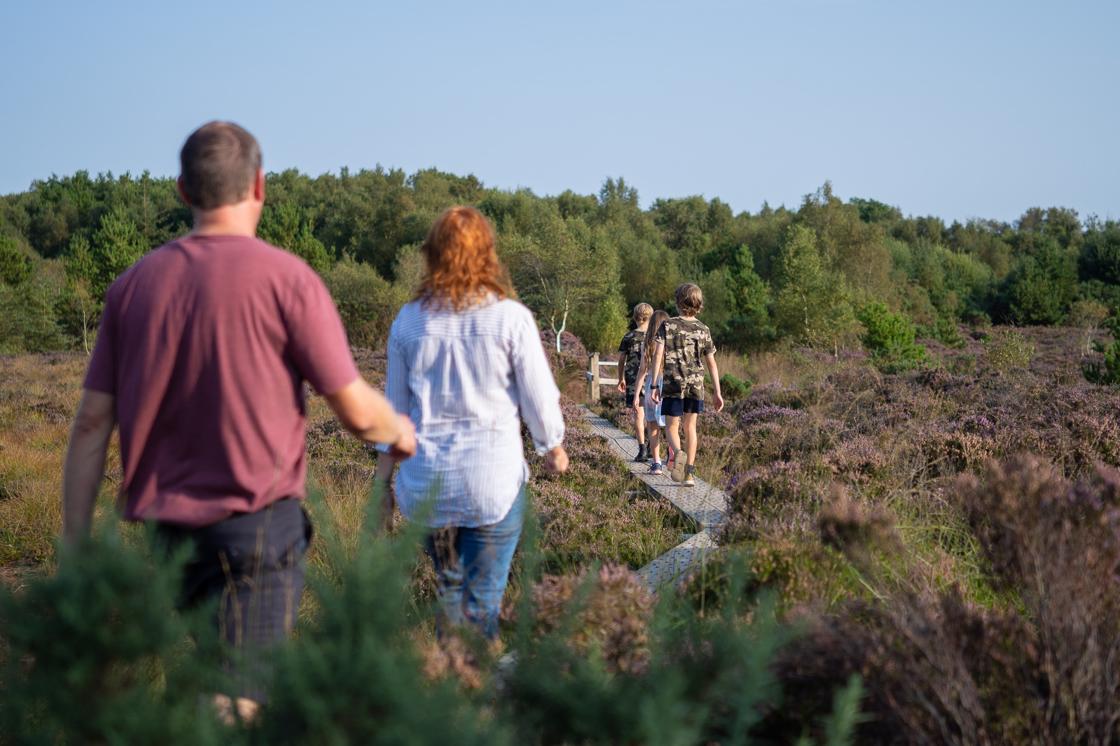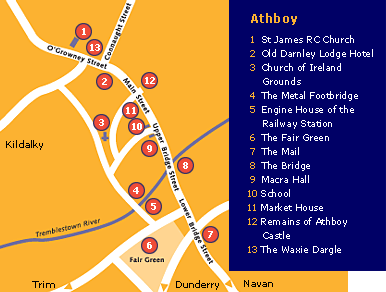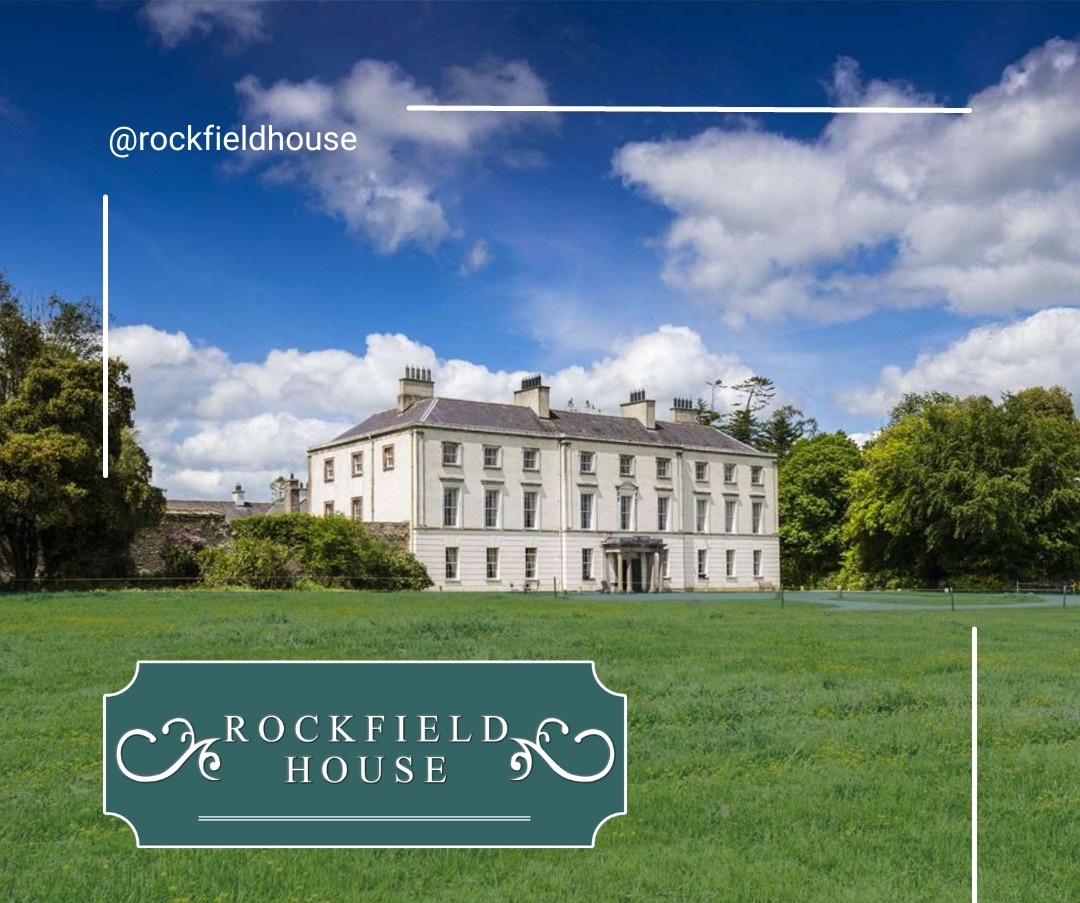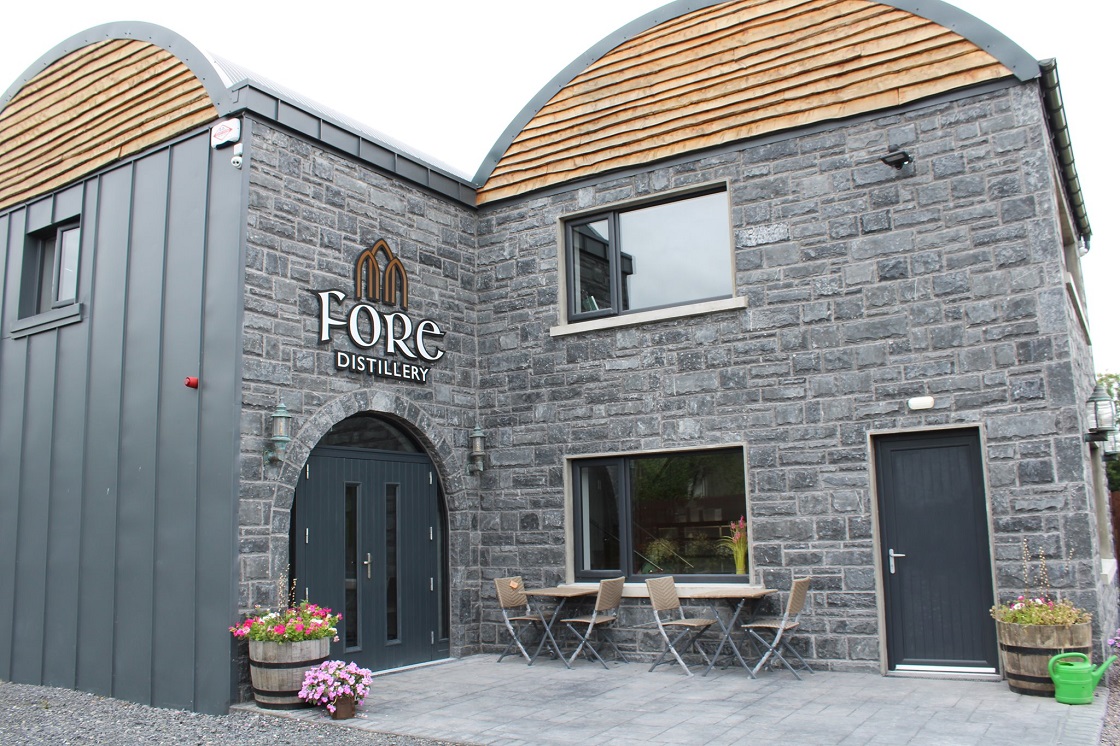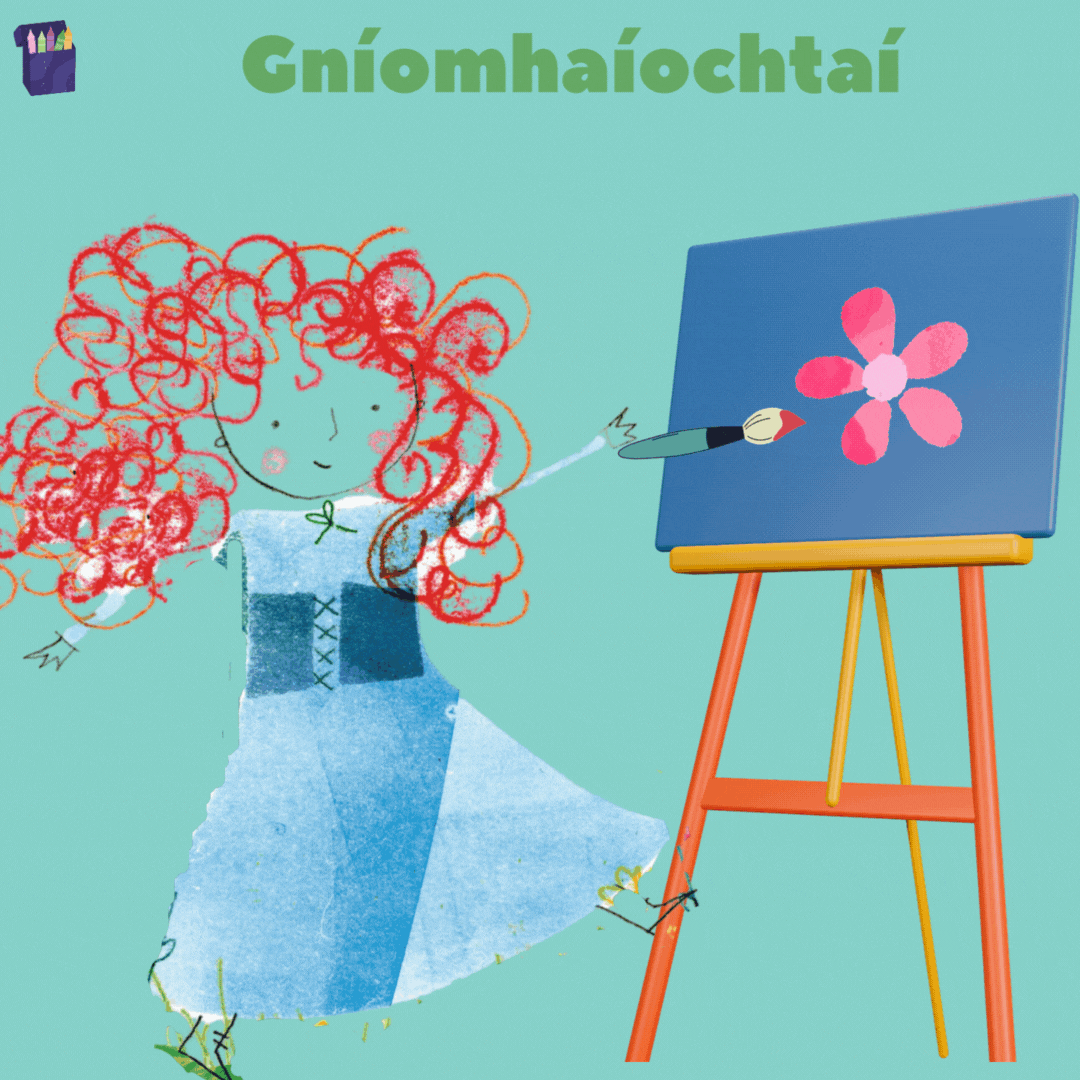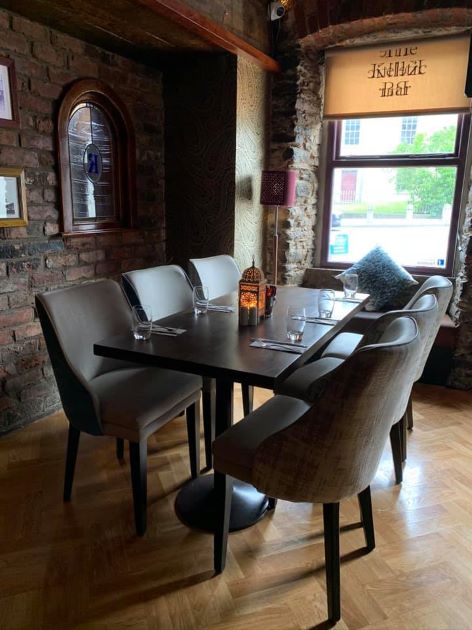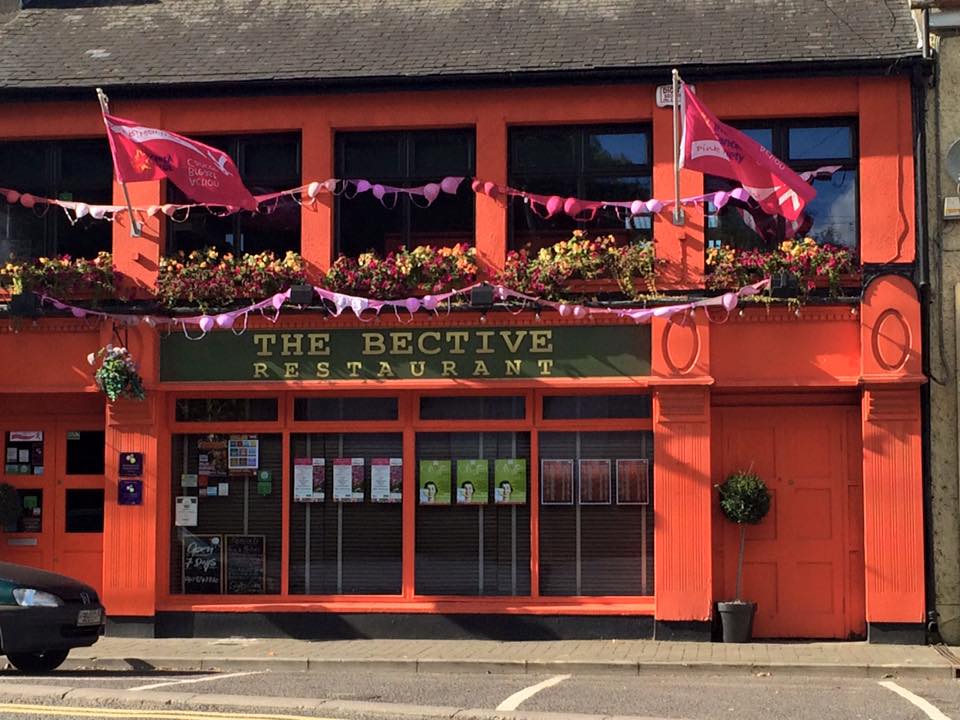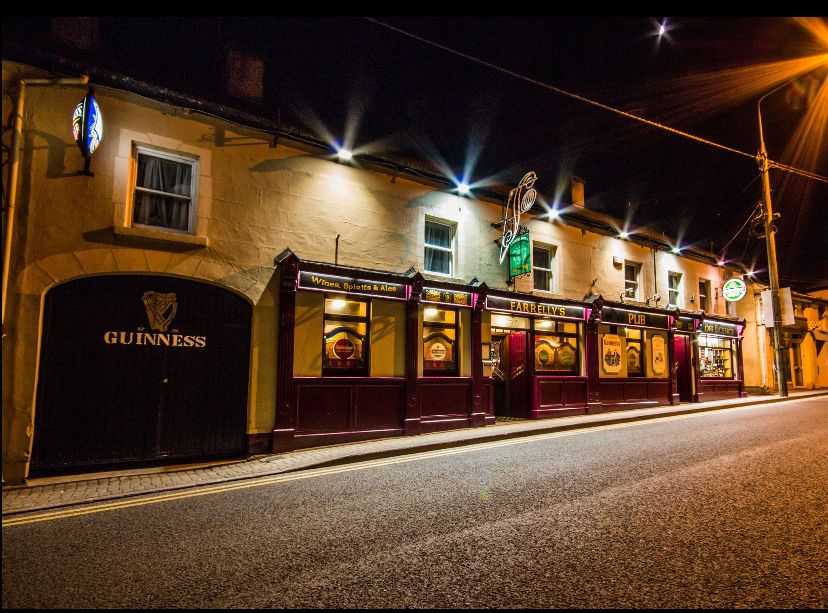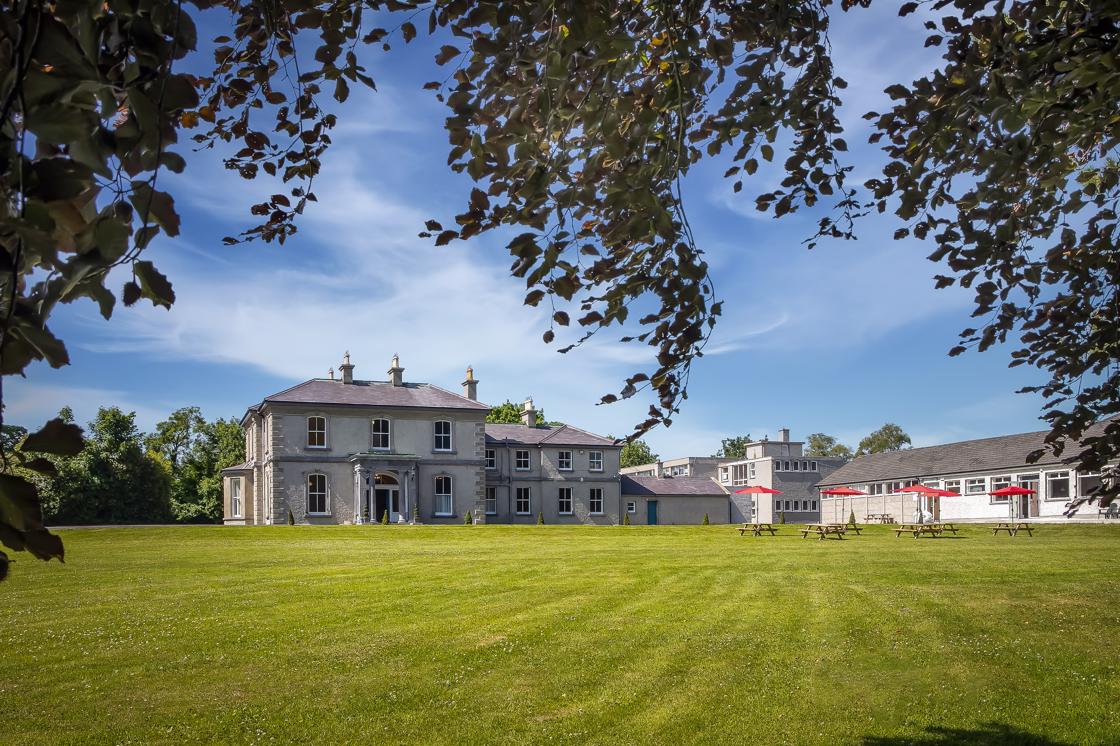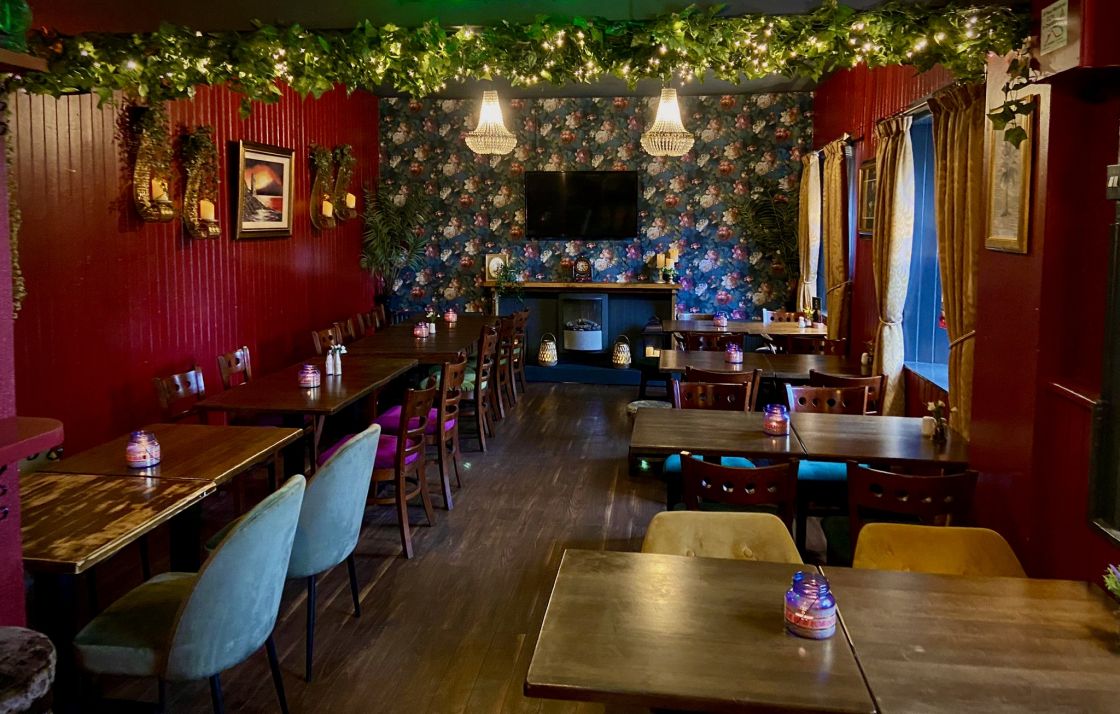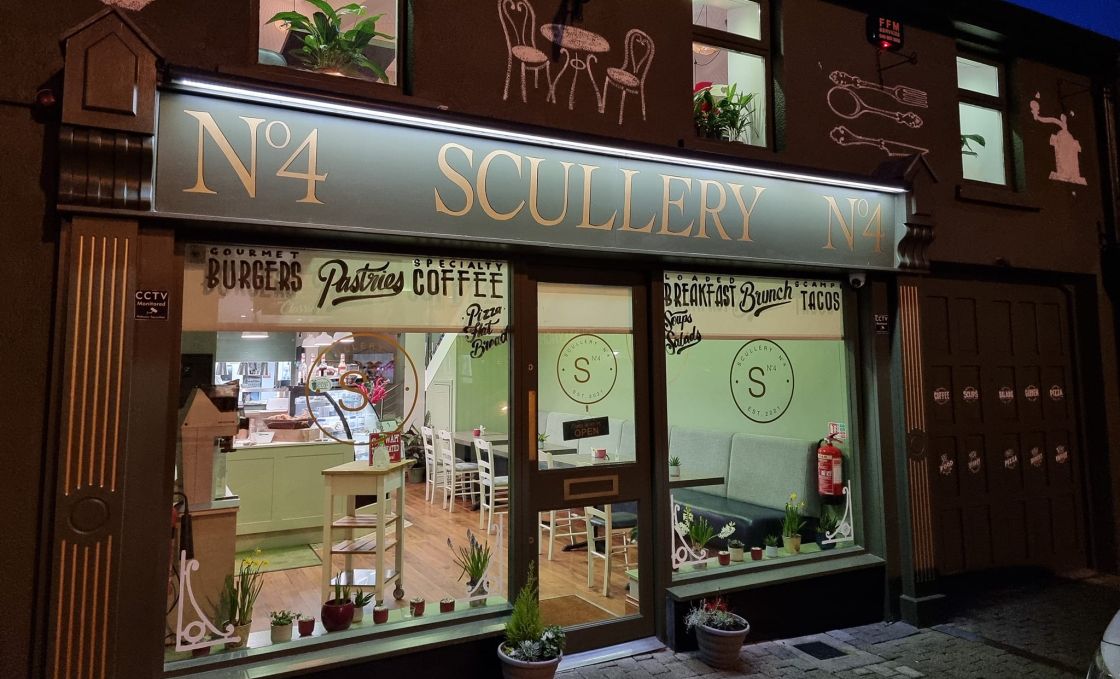Limited Access
Access to outside spaces only. Please do not climb on Cairn T.
Due to ongoing conservation works access to the interior of Cairn T is not possible at present. The rest of the monuments on the hill are not affected by this necessary work.
OPW regret any inconvenience caused.
In the summer months tour guides are on site to answer questions: please see website for times and details.

Loughcrew, with a concentration of around 30 passage tombs, is one of the most important prehistoric cemeteries in Ireland.
The Loughcrew complex is a megalithic cemetery containing around 30 passage tombs and is situated around the summit of three hills near the town of Oldcastle, Co. Meath.
Loughcrew is roughly contemporary with Newgrange (3200 BC). Neolithic communities built large communal tombs, or megaliths, for their dead. There are four main types of tombs, each being named after a particular and defining feature (court tombs, portal tombs, passage tombs and wedge tombs). The typical passage tomb is cruciform in plan with a long central passage leading to a main chamber, off which there are three smaller chambers. The dead were cremated and the remains placed in the chambers above the ground. The tombs were then covered in great mounds of earth and stones called ‘cairns', though often these do not survive.
A distinguishing feature of Irish passage tombs is the presence of rock art – carved or picked designs on the internal or external stones of the tomb. The art is abstract in form with circles, spirals, arcs, lozenges, triangles, zigzags and flower motifs being common. Certain symbols seem to have been favoured at particular tombs or cemeteries; spirals at Newgrange, concentric rectangles at Knowth and rayed circles at Loughcrew.
One of the best-preserved and most accessible tombs at Loughcrew, known as Cairn T, appears to be the central tomb of the whole complex. It faces the rising sun at the vernal (March) and autumnal (September) equinoxes which shines through the passage to illuminate symbols carved onto the back wall of the chamber. This tomb is reputed to be the resting place of Ollamh Fodhla, a legendary king of Ireland.
Listen to some wonderful audio on Loughcrew Cairns - part of the Boyne Valley Drive.
Did you Know?
Slieve na Callaigh gets its name from the Irish Sliabh na Callaí, meaning 'Hill of the Witch' or 'Hag`s Hill'.
Learn more about the architectural heritage of Oldcastle

Other Information
Recommended Clothing: The climb to both sites is very steep and visitors are asked to wear stout footwear and to be careful.
Disabled Access: Unfortunately, there is no access for visitors in wheelchairs.
Guides: In the summer months tour guides are on site to answer questions, while visitors visit the tomb exterior. Please see website for times and details. Average Length of Visit: 1 hour














